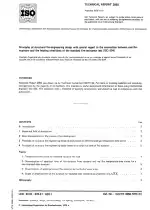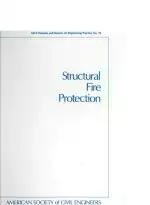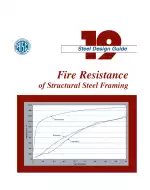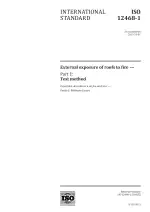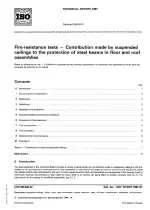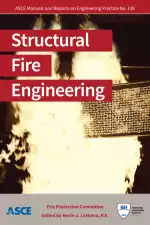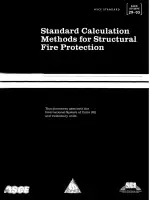ISO/TR 3956:1975 PDF Download
Standard ENPrinciples of Structural Fire-Engineering Design with Special Regard to the Connection Between Real Fire Exposure and the Heating Conditions of the Standard Fire-Resistance Test
Also Known As:
ISO/TR 3956:1975 is a standard that provides principles for structural fire-engineering design, specifically focusing on the connection between real fire exposure and the heating conditions of the standard fire-resistance test. The standard describes the fundamental aspects of fire development and provides information based on differentiated temperature-time curves and an empirical time of fire duration.
The standard aims to establish a correlation between the heating conditions experienced during the standard fire-resistance test and the actual fire exposure in real-life scenarios. It provides a basis for evaluating the fire performance of structural elements and their ability to withstand the effects of fire. By understanding the characteristics of fire development, professionals can better assess the fire resistance of building materials and design structural systems that can reliably withstand fire events.
ISO/TR 3956:1975 is an essential tool for architects, engineers, and other professionals involved in fire safety and structural design. It helps ensure that buildings are constructed to meet the necessary fire-resistance requirements, enhancing the overall safety of occupants and protecting property during fire incidents.
| Edition | 1 |
| ICS Codes | 13.220.50 - Fire-resistance of building materials and elements 91.080.01 - Structures of buildings in general |
| Language(s) | English |
| File Size | 491.5 KB |

